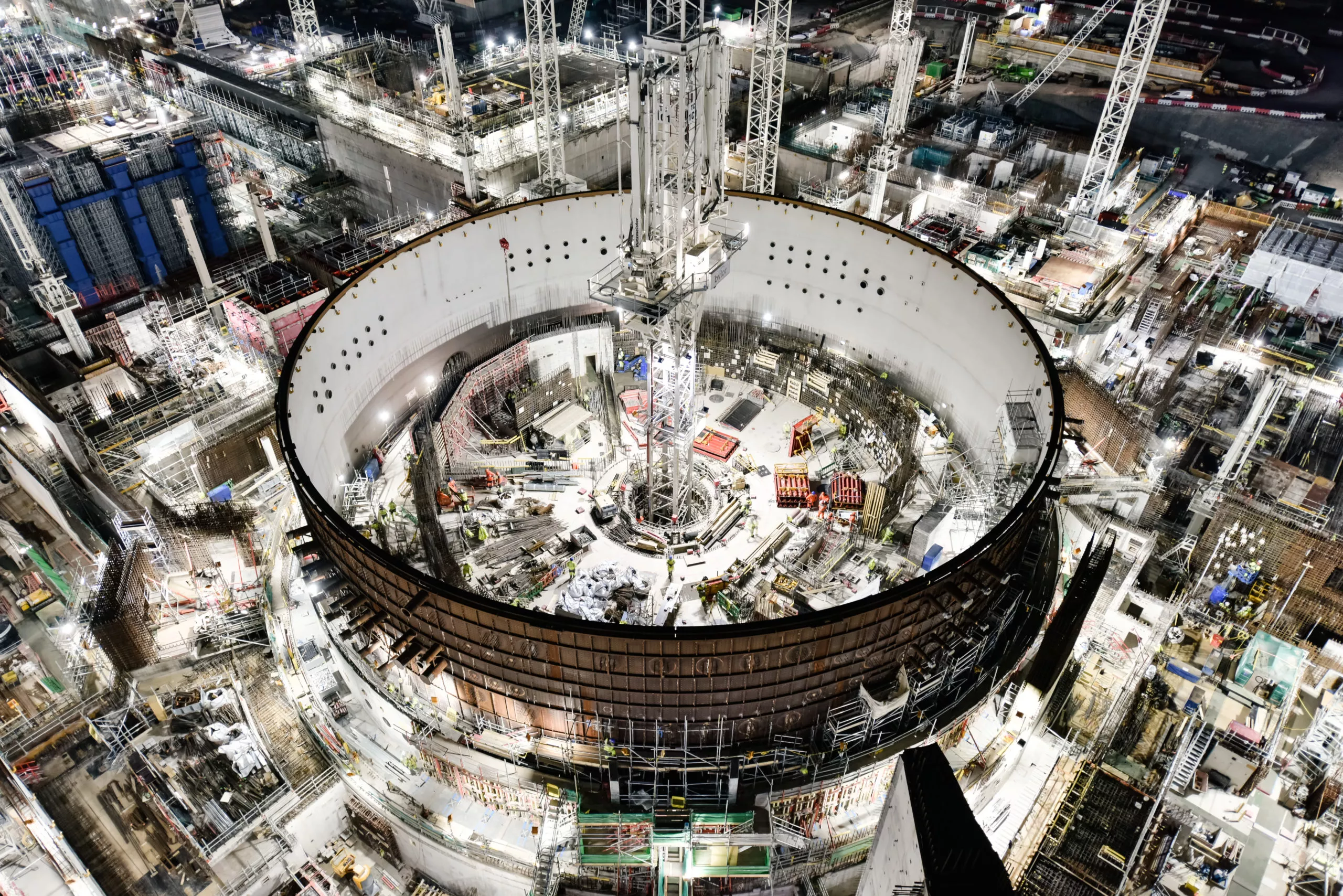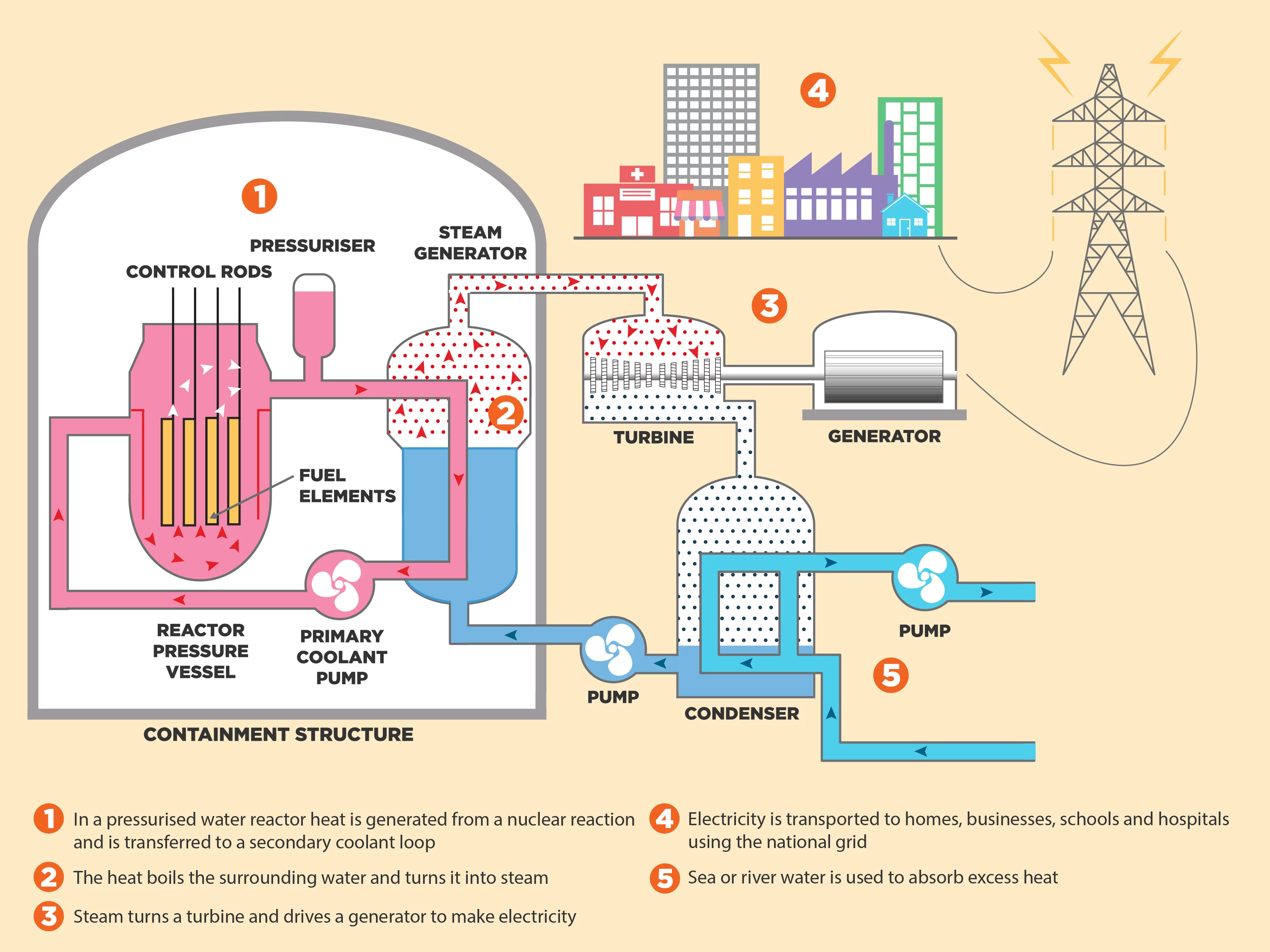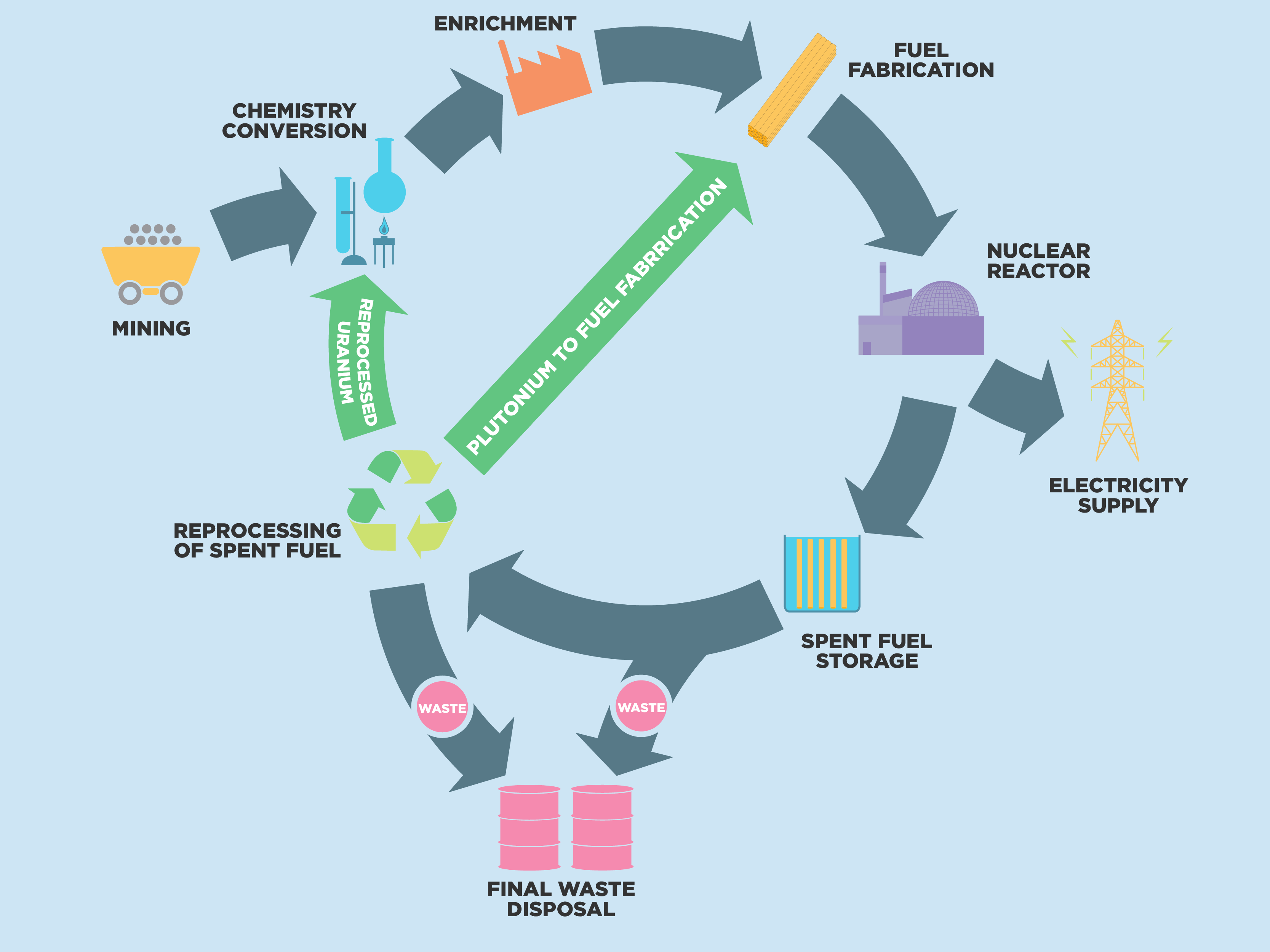Industry
What is nuclear energy?



The UK’s civil nuclear heritage dates back to the 1950’s and industry has a strong track record of delivering innovation and investment, creating high skilled jobs and providing low carbon power across the UK.
Nuclear can generate huge amounts of reliable, affordable, clean energy that significantly contributes to our net zero goals. But how does it work?

Brief history of nuclear energy
Although Uranium was discovered in 1789 it would be another century before the scientific exploration and discovery of atoms, radiation and fission, that led to the world’s first commercial nuclear power station Calder Hall, in Cumbria.
This simplified timeline charts some of the key people, events and legislation that have helped to shape the civil nuclear industry in the UK today.

How nuclear creates energy
Nuclear power stations generate electricity by releasing energy held within atoms. Atoms are building blocks of matter with a nucleus at the centre. In a process called fission the nucleus of an atom is split apart using a neutron, releasing lots of energy and more neutrons in the process—known as a chain reaction. Nuclear power creates carbon-free, reliable energy 24/7 whatever the weather.
The most common material used in nuclear fission is uranium, a naturally occurring heavy metal that holds an abundance of energy.
One kilogram of uranium has three million times the energy of one kilogram of coal.

How a reactor works
There are many types of nuclear reactor which essentially work the same way, by heating water to create steam which spins a turbine to generate electricity. Heat is produced by the fission chain reaction without burning any fuel, so nuclear power does not release any CO2 or other pollutants into the air. Control rods are used in reactors to absorb excess neutrons and manage the chain reaction.
Current generating reactors in the UK include 12 Advanced Gas Cooled Reactors (AGR) and one Pressurised Water Reactor (PWR), based at six sites across the country. There are ongoing research and development projects looking at exciting applications for the next generation of nuclear reactors, including explorations into nuclear fusion. Find out more in Future Technology.

The nuclear fuel cycle
From mining to final disposal, uranium goes through different stages in the nuclear fuel cycle.
Uranium is mined in places like Australia, Canada and Kazakhstan. It is usually refined at the mine into a stable form called Yellowcake. Then follows a process called enrichment, making fuel last longer and making it easier to achieve a chain reaction. Enrichment and fuel fabrication takes place at specialist facilities such as the Springfields plant in the UK.
Enriched uranium is converted into small fuel pellets, no bigger than your thumb nail, that are inserted into thin tubes to form fuel rods which are grouped together to form fuel assemblies. Fuel is loaded into a reactor to generate electricity.
Over time burning fuel builds up radioactive fission products so once removed from the reactor, moves into wet storage to cool and allow its radioactivity to reduce slightly before it is reprocessed or disposed. Used fuel can be reprocessed to extract unused uranium to make more fuel.

